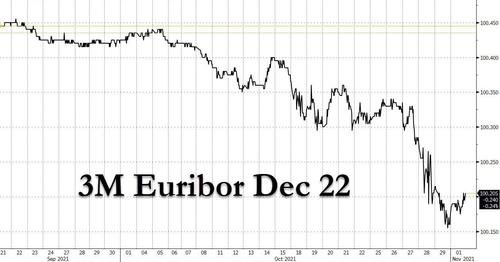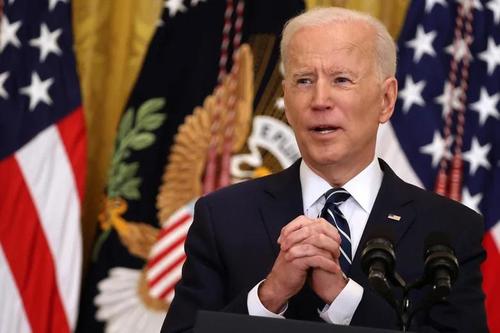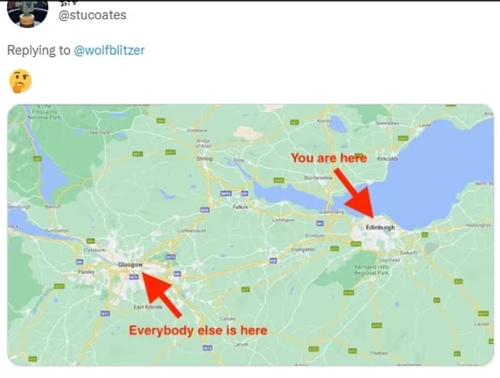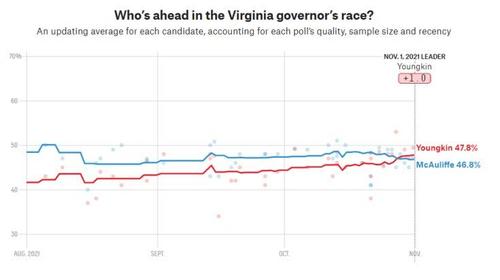Bitcoin Mining And The Global Semiconductor Shortage Are On A Collision Course
Authored by ‘Shinobi’ via BitcoinMagazine.com,
A shortage of semiconductor production is at the forefront of geopolitics and it’s inevitable that this issue’s relation to Bitcoin mining will be as well.
Supply chain shortages are starting to reveal many geopolitical dependencies on external actors for different resources, and the overall fragility that those dependencies can create for any given nation when supply chains are stressed.
All it takes is for one little domino to tip and problems cascade through the entire system. It should come as no surprise that nations are starting to view these compounding problems as national security issues and responding accordingly.
ADDRESSING THE SEMICONDUCTOR SHORTAGE
For instance, the U.S. Department of Commerce under the Biden Administration has become very involved recently in addressing supply chain issues, specifically in the context of semiconductor shortages. As far back as April and May 2021, it has been meeting with semiconductor companies involved in different points in the supply chain to better understand and address the issues underlying these supply shortages. In the wake of the most recent of these meetings in September, the Commerce Department sent out a request for information to all semiconductor companies across the entire supply chain in order to gain more insight into the specific bottlenecks and flows of the supply chain as a whole.
It wants to know where companies fit in the supply chain, the node nanometer (nm) size of their chips, the type of chip or products they produce, estimated sales, backstocks of products, etc. It is a very comprehensive request, essentially asking for everything there is to know about companies’ products, sales, stock numbers, and anything related.
Effectively, what it is trying to do is establish a baseline for a live view into the logistic flow of everything from fabrication to product packaging and delivery.
This request has been met with serious backlash in both Taiwan and South Korea, highlighting the massive geopolitical importance of chip fabrication capacity in the global economy.
THE GEOPOLITICAL IMPORTANCE OF CHIP FABRICATION
The South Korean Ministry of Trade, Industry and Energy as well as the Taiwanese Ministry of Economic Affairs have both expressed serious concern over the scope of the information requests. Specifically in Taiwan, where the largest chip fabrication company TSMC is located, politicians have gone so far as to question whether complying with the informational requests could give up information ultimately threatening TSMC’s global dominance in the future.
In-depth information such as nm size, types of chips being produced or who is purchasing them, could all theoretically be used to position investments in infrastructure to effectively snatch customers away from TSMC and successfully meet all of their needs. For a country like Taiwan, the importance of the semiconductor industry is potentially a major factor in disincentivizing attacks from China. To lose that dominance is possibly of much more importance than just the economic considerations.
Given that the United States Senate has recently passed the “U.S. Innovation and Competition Act,” which will spend $52 billion dollars on increasing domestic semiconductor fabrication capacity, and the “CHIPs for America Act” being introduced in the Senate to create income tax credit for semiconductor companies, Taiwan’s fears might not be unfounded.
The U.S. has been working to rebuild its semiconductor industry domestically since the Trump administration, and ironically a TSMC fabrication plant in Arizona negotiated under Trump just began construction this summer. Action in that direction has rapidly accelerated after the supply shortages due to lockdowns, as the modern day computer chips are required for all kinds of things you wouldn’t expect, like kitchen appliances, cars and even lightbulbs.
BITCOIN AND SEMICONDUCTOR SECURITY
Semiconductors are the oil of the digital age. Every nation is going to need their own national security plan around semiconductor supply reliability in the way that they have plans around energy reliability. It is a reality that cannot be put off acknowledging any longer.
So, what does any of this have to do with Bitcoin? ASICs. Mining hardware is useless if you don’t have the energy to power it, but energy to power miners is also useless if you don’t have miners themselves.
As far as 7-nm-or-under fabrication capacity goes (the cutting edge), the only games in town are Intel, Samsung and TSMC. This leaves these companies with a lot of political weight to throw around in terms of manufacturing cutting-edge ASICs.
The dynamics of who can and can’t produce semiconductors in general is already coming to the forefront of politics as nations realize the importance of minimizing reliance on foreign actors to maintain such capacity. It is only a matter of time before how these issues relate to Bitcoin mining starts to come to their attention as well.
What form will that take? Who knows. Maybe it acts as another accelerant for larger nations to expand their domestic fabrication capacity. Maybe nations with capacity ban exports of miners to enemy nations. Maybe nations engage in espionage to acquire intellectual property relating to cutting-edge fabrication techniques.
Whatever form the realization takes when it happens, it will happen, and the effect on the mining ecosystem will be interesting to say the least.
Tyler Durden
Mon, 11/01/2021 – 21:00
via ZeroHedge News https://ift.tt/2ZId4TO Tyler Durden













